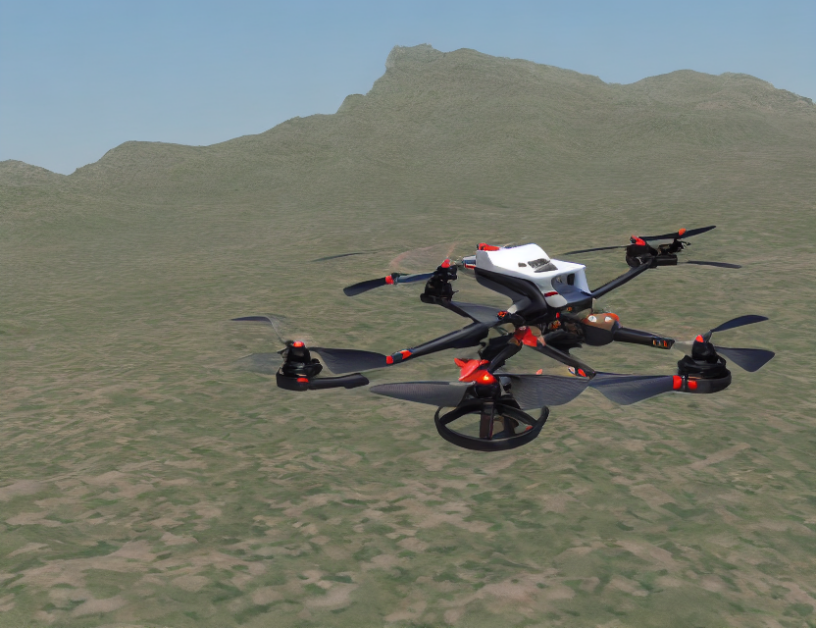In this article, we present a novel approach for combining safe Bayesian optimization with time-varying environments. Our method, called ETSO (Event-based Triggered Safe Optimization), leverages the strengths of both methods to optimize a system’s performance while ensuring safety and adaptability to changing conditions.
Background on Gaussian Processes and Bayesian Optimization:
Gaussian processes (GPs) are a powerful tool for regression analysis, providing an explicit uncertainty estimate for the learned function. Bayesian optimization (BO), on the other hand, is a method that uses GPs to model the objective function and optimize it using a probabilistic approach. BO has been successful in optimizing various problems, but it can be challenging when dealing with time-varying environments.
Introducing ETSO
To address this challenge, we propose ETSO, which combines safe Bayesian optimization with the adaptation to time variations using an event trigger. In each time step t, we use SafeOpt to optimize the system’s parameters while ensuring safety. If an event is triggered, we reset the dataset and explore the new system mode ξt using a new limit to the cost Jmin,t with respect to it.
How ETSO Works
- First, we normalize the data points with the rounded up absolute value of ˆJB to obtain a prior mean µD0 = -1. This helps us derive restrictions on the safety threshold and the prior standard deviation σD0.
- Next, we use SafeOpt to optimize the system’s parameters while ensuring safety. We update the dataset at each time step t and use the updated data to compute the posterior mean within the safe set. If an event is triggered, we reset the dataset and explore the new system mode ξt using a new limit to the cost Jmin,t with respect to it.
- Finally, we choose the parameters that maximize the posterior mean within the safe set.
Key Insights
Our approach provides several key insights
- Safety is guaranteed by ensuring that the system’s parameters are updated only if they are within the safe set. This helps prevent unsafe states from being explored, even in the presence of time-varying environments.
- The event trigger mechanism allows for efficient adaptation to changing conditions. When an event is triggered, we reset the dataset and explore the new system mode ξt using a new limit to the cost Jmin,t with respect to it. This ensures that our approach can adapt to changes in the environment while maintaining safety.
- ETSO provides a balance between exploration and exploitation. By updating the dataset at each time step t and using SafeOpt to optimize the system’s parameters, we ensure that the algorithm is both explorative and exploitative. This helps us find the optimal solution in a complex and dynamic environment.
Conclusion
In summary, ETSO is a novel approach that combines safe Bayesian optimization with time-varying environments. By leveraging the strengths of both methods, we can optimize a system’s performance while ensuring safety and adaptability to changing conditions. Our approach provides several key insights into how to balance exploration and exploitation in a complex and dynamic environment, making it a valuable tool for optimizing systems in various applications.



